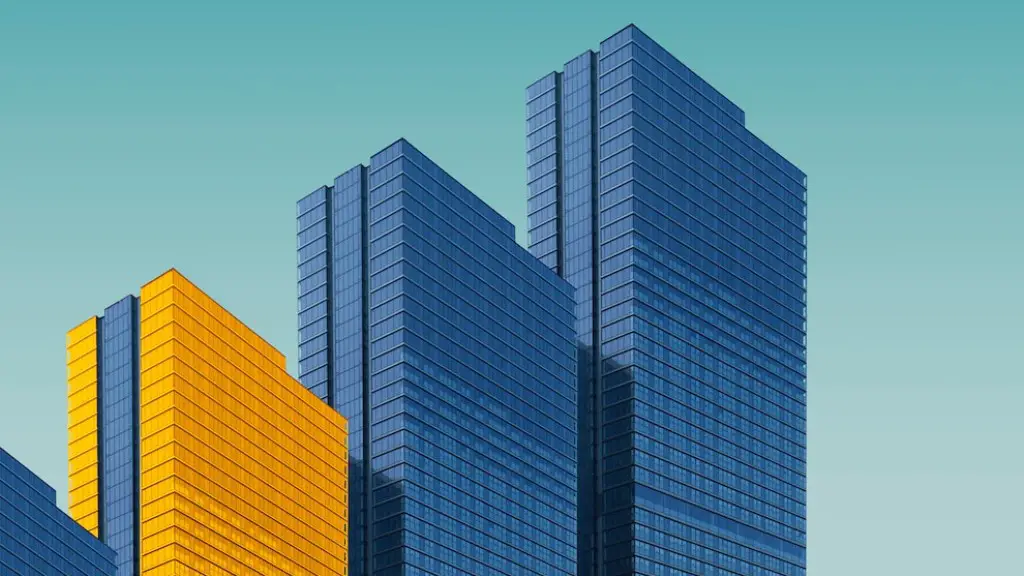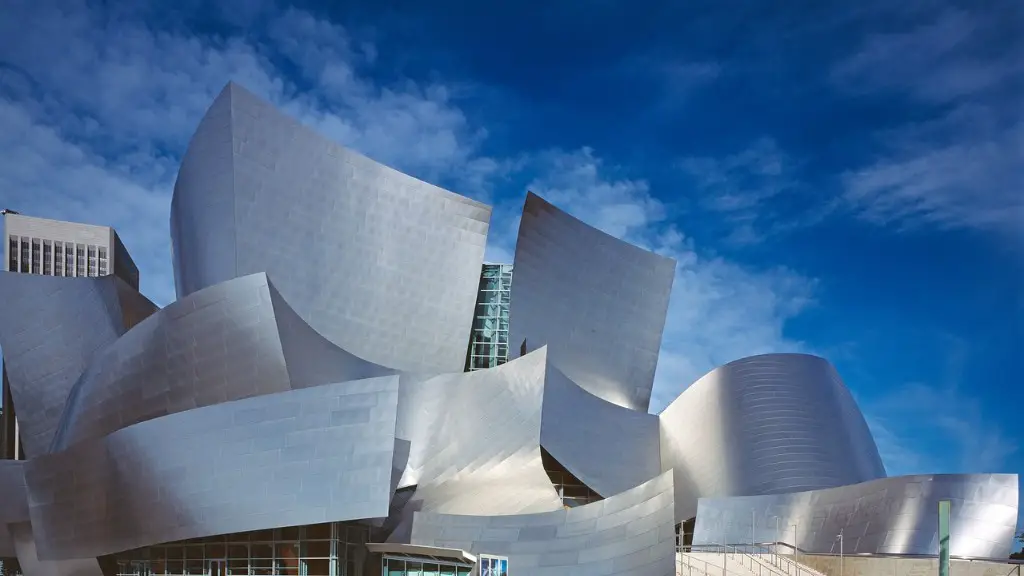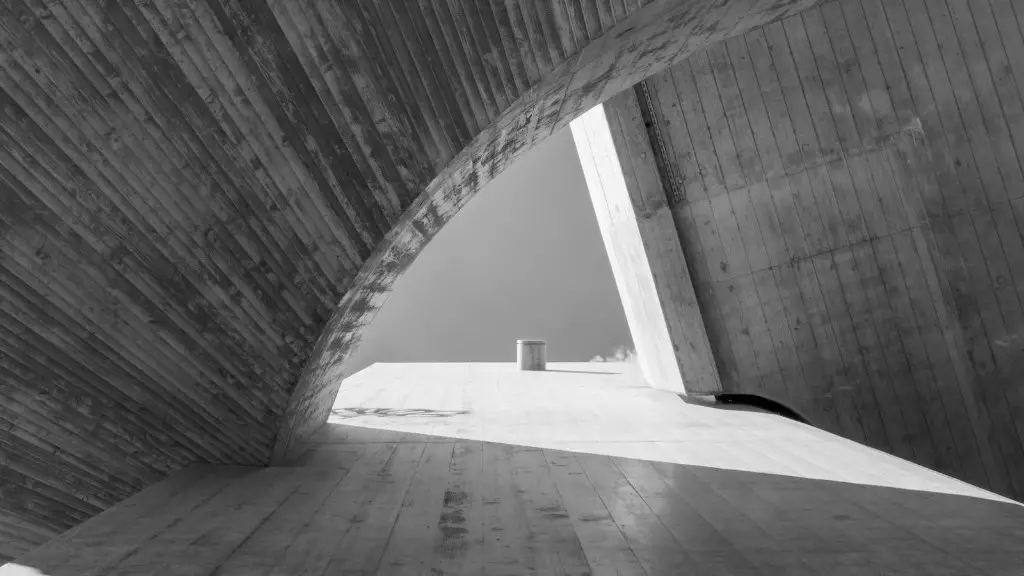LEED, or Leadership in Energy and Environmental Design, is one of the most popular green building certification programs in the world. It was developed by the U.S. Green Building Council (USGBC) in an effort to provide third-party verification that a building was designed and built using green practices.
LEED (Leadership in Energy and Environmental Design) is a certification program that rates the sustainability of buildings. It was created by the U.S. Green Building Council (USGBC) in order to encourage builders and architects to create more environmentally-friendly buildings. LEED-certified buildings often incorporate features such as energy-efficient lighting and plumbing, recycled materials, and green landscaping.
What is LEED certification for architects?
A LEED credential denotes proficiency in today’s sustainable design, construction and operations standards. More than 203,000 professionals have earned a LEED credential to help advance their careers. Showcase your knowledge, experience and credibility in the green building marketplace as a LEED professional.
LEED is a voluntary, consensus-based, market-driven program that provides third-party verification of green buildings. LEED promotes a whole-building approach to sustainability by recognizing performance in five key areas of human and environmental health:
• Site selection and development
• Water efficiency
• Energy efficiency and renewable energy
• Materials selection
• Indoor environmental quality
LEED certification is recognized worldwide as the premier mark of excellence in green building. LEED-certified buildings are more energy and water efficient, and have a smaller environmental footprint than non-certified buildings.
Can architects be LEED certified
LEED, or Leadership in Energy and Environmental Design, is a green building certification system that recognizes best-in-class building strategies and practices. To become LEED certified, individuals must study LEED standards and prepare for an accreditation exam administered by the Green Business Certification Inc.
LEED certification is a great way to make your building more sustainable and efficient. By becoming LEED certified, you can help save money on energy and water bills, and make your building more comfortable for occupants.
How difficult is the LEED exam?
If you want to pass the LEED v4 exam, it is helpful to have experience working on LEED projects. This exam can be more difficult to pass if you lack LEED experience or are new to the construction industry. Your past experience and study skills will play a crucial role in whether or not you pass the exam.
A LEED certification could be a worthwhile investment if you’re undertaking a large remodel or building a home from the ground up. The energy savings you will receive from it could pay off the certification costs quickly.
What makes a LEED building?
To achieve LEED certification, a project must adhere to a set of prerequisites and credits that address sustainability. To earn points, a project must meet certain standards in each of these categories: carbon, energy, water, waste, transportation, materials, health and indoor environmental quality.
The four levels of certification are: Certified (40–49 points), Silver (50–59 points), Gold (60–79 points), and Platinum (80+ points).
What are examples of LEED
Since its inception in 1998, the Leadership in Energy and Environmental Design (LEED) rating system has become the gold standard for measuring a building’s sustainability. From office towers to schools, more and more buildings are being certified under the LEED program. Here are 10 of the most iconic LEED-certified buildings from around the world:
1. Willis Tower, Chicago (LEED Gold)
2. TAIPEI 101, Taipei, Taiwan (LEED Platinum)
3. The Empire State Building, New York City (LEED Gold)
4. Facebook Headquarters, Menlo Park, California (LEED Platinum)
5. Shanghai Tower, Shanghai, China (LEED Platinum)
6. One World Trade Center, New York City (LEED Gold)
7. The White House, Washington, D.C. (LEED Gold)
8. The Bank of America Tower, New York City (LEED Platinum)
9. Nordea Bank, Stockholm, Sweden (LEED Gold)
10. The Pearl River Tower, Guangzhou, China (LEED Gold)
The LEED Green Associate exam is a two-hour, 100-question multiple-choice exam that tests your knowledge of green building principles and practices.
Can anyone take the LEED exam?
The LEED Green Associate examination is open to all individuals, regardless of education or experience level. GBCI recommends, however, that candidates have some exposure to the LEED rating system and green building concepts before taking the examination. This exposure can come from educational courses, volunteering, or work experience.
LEED, or Leadership in Energy and Environmental Design, is a green building certification system that recognizes structures for their sustainable design and operations. New or renovated buildings and leases more than 10,000 square feet and existing buildings and leases more than 50,000 square feet must be LEED certified under Governor Brown’s executive order. This certification demonstrates a commitment to reducing the environmental impact of buildings, and to improving the health and well-being of their occupants.
Why do buildings want to be LEED certified
LEED certified buildings are gaining in popularity as more and more people become interested in environmentally responsible construction practices. These buildings cost less to maintain and produce less waste, making them a smart choice for both businesses and consumers. Features such as improved indoor air quality and natural lighting also make LEED certified buildings more attractive to tenants, making them a wise investment for landlords and developers.
LEED focuses on green construction and green design of a building, but the certification does not have a rating for after the project is complete. While LEED-certified buildings may use less energy and water than traditional buildings, it’s possible that the tenants of a LEED-certified building are using more energy or water than tenants in other buildings. This is due to the fact that LEED certification only takes into account the design of the building, and not the actual usage of the tenants.
How does LEED work?
The Leadership in Energy and Environmental Design (LEED) certification is a point-based system that starts at 40 points and goes up to a maximum of 110 points. There are four grades awarded based on a building’s overall sustainability. The more points a building earns, the higher the certification level achieved.
The average salary for a LEED Consultant is $22 per hour in the North American Corporation. In the Eco Corporation, the average salary for a LEED Consultant is $26 per hour. The average salary for a LEED Engineer in the Dialog Corporation is $95,600 per year. The average salary for a LEED Certification Reviewer in the Slide Inc. is $25 per hour.
Conclusion
Leadership in Energy and Environmental Design (LEED) is a green building certification program that recognizes best-in-class building strategies and practices. To receive LEED certification, building projects satisfy prerequisites and earn points to achieve different levels of certification. Prerequisites and credits differ for each rating system, and projects may choose to pursue one or multiple rating systems.
Leadership in Energy and Environmental Design, or LEED, is a green building certification system that was developed by the U.S. Green Building Council. LEED provides a framework for creating healthy, highly efficient and cost-saving green buildings.





